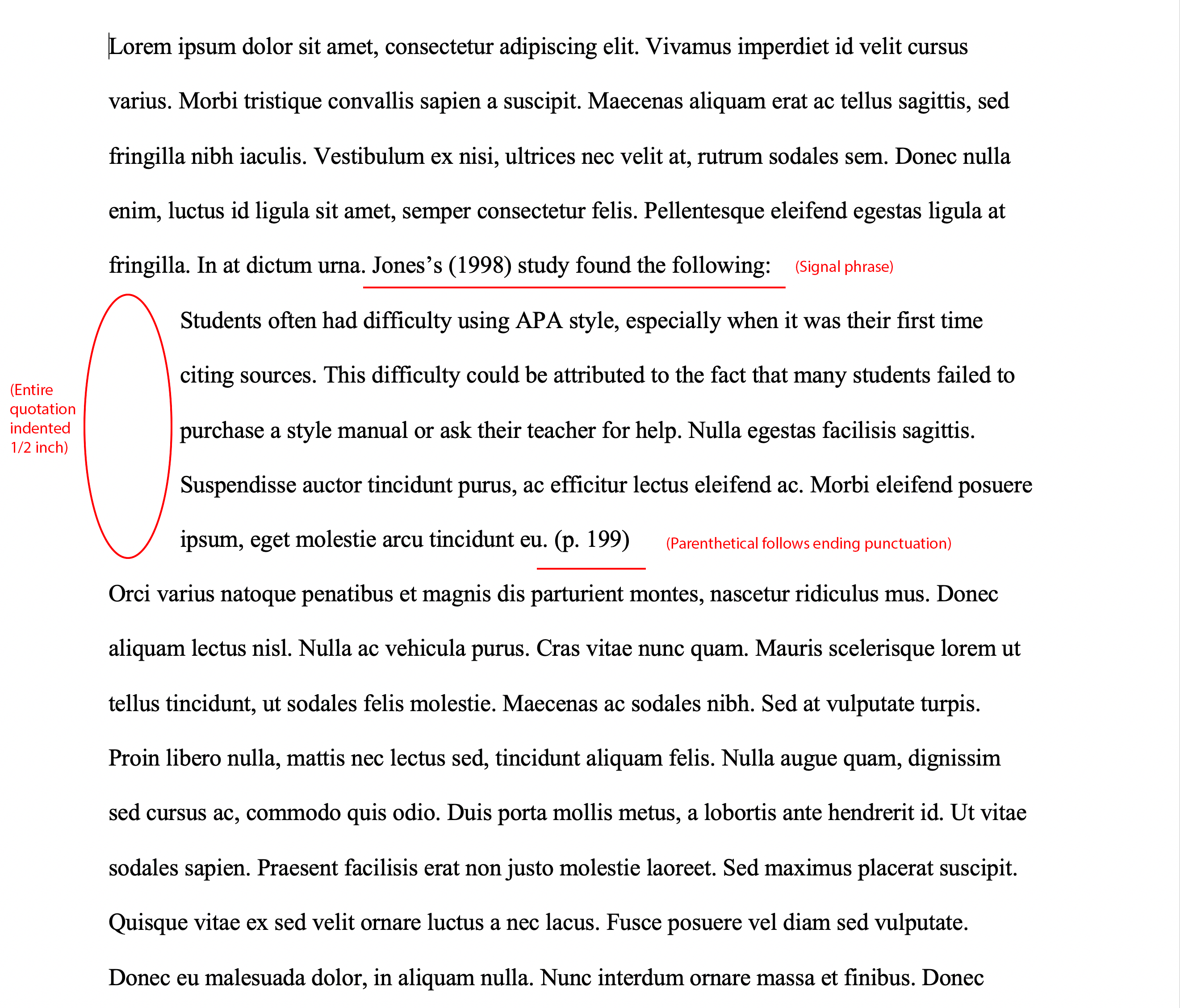
This information will help you cite materials for various assignments in your Public Health program. The sections regarding an introduction to citation and ACPHS style guides were mapped from our Citing Sources LibGuide, which contains a great deal of information not included here; please refer to this additional resource to learn about citation managers, inclusive language, and academic integrity.
The following sections go into more detail on AMA and APA citation in particular, as these are two styles commonly used in disciplines associated with public health.
Since there is no one standard citation style used at ACPHS, you should use the style required by your professor. Please follow your instructor's guidelines. There may be additional requirements that may differ from the style manuals provided..
Citations consist of standard elements, and contain all the information necessary to identify and track down publications, including:
It's important to cite sources you used in your research for several reasons:
It doesn't matter where you get the information you are using- When in doubt cite it:
You do not need to cite:
*Widely-known, generally-accepted information that is not attributable to one source.
Citations may look different, depending on what is being cited and which style was used to create them. The citation style usually depends on the academic discipline involved. Some examples are below:
Whatever citation style you use, be CONSISTENT.
AMA citations are found at the back of an assignment, on the "References" or "Works Cited" page. A full citation should look like this:
AuthorLastname FirstInitialMiddleInitial. Title in sentence case. Abbreviated Journal Title in Title Case. Year;volume(Issue#):PP-PP. doi: ##
For online articles, you should expand the date to include the day and month published whenever possible, making the citation this:
AuthorLastname FirstInitialMiddleInitial. Title in sentence case. Abbreviated Journal Title in Title Case. Month Day, Year;volume(Issue#):PP-PP. doi: ##
Multiple authors should be separated by a comma, with no punctuation for initials, abbreviations, etc.
Here is an example of an article from the ACPHS Library referenced with an MLA citation:
Carey RB, Bhattacharyya S, Kehl SC, et al. Practical guidance for clinical microbiology laboratories: implementing a quality management system in the medical microbiology laboratory. Clin Microbiol Rev. 2018;31(3). doi:10.1128/CMR.00062-17
The order of sources in your References page will be the order you use them in-text, so that the first source corresponds with the number 1 and so on. (See the In-Text Citation tab or the link below for more info.)

In-text citations in AMA Style are done using a superscript numbering system. Here are some tips for in-text AMA citations:
Samples of in-text citation from the below links:
As Smith et al have reported,1-3,5
Smith et al reported1-3,5:
The 2 largest studies to date included 26 patients2 and 18 patients.3

APA citations are also found at the back of an assignment, on the "References" or "Works Cited" page. Citations will look different based on the type; for example, a webpage citation would look like this:
Lastname, F. M. (Year, Month Date). Title of page. Site name. URL
While a book would look like this:
Author, A. A. (Year of publication). Title of work: Capital letter also for subtitle. Publisher Name. DOI (if available)
And a journal article would look like this:
Author, A. A., Author, B. B., & Author, C. C. (Year). Title of article. Title of Periodical, volume number(issue number), pages. https://doi.org/xx.xxx/yyyy
Note that unlike in AMA Style, you should use periods after abbreviations and initials, the publication date is before the article title, and the journal title is not abbreviated. In addition, all authors are listed as long as there are fewer than 20 of them.
Here is an example of an article from the ACPHS Library referenced with an APA citation:
Carey, R. B., Bhattacharyya, S., Kehl, S. C., Matukas, L. M., Pentella, M. A., Salfinger, M., & Schuetz, A. N. (2018). Practical guidance for clinical microbiology laboratories: implementing a quality management system in the medical microbiology laboratory. Clinical Microbiology Reviews, 31(3). https://doi.org/10.1128/CMR.00062-17
The order of sources in your References page will be in alphabetical order by the last name of the first author.





In-text citations in APA Style are done using parentheticals. The author and date should appear after information you need to cite unless you directly reference them in text, and there are different formats for paraphrasing, short quotations, and long quotations.
Information that you paraphrase should be cited like this:
Text you're going to cite (AuthorLastName, Year, p. #).
Note that periods should go outside the parentheses for these types of citations.
Short quotations should include the author, year published, and page number. "p." should be used if the quote is on a single page, and "pp." if the quote spans multiple pages.
Words introducing your quote and connecting it to your paper, "quote you are citing" (AuthorLastName, Year, pp.#-#).
Note that once again, the period is outside the parentheses.
Long quotations -- 40 words or longer -- should be put in block quotation format. These go on a new line, indented half an inch, and double-spaced. Here is an example of a block quotation provided by Purdue OWL:

Note that with a block quotation, the period comes before the citation.
For two authors, separate their last names with an ampersand ("&") sign. For three or more, list the first with "et al." following.




